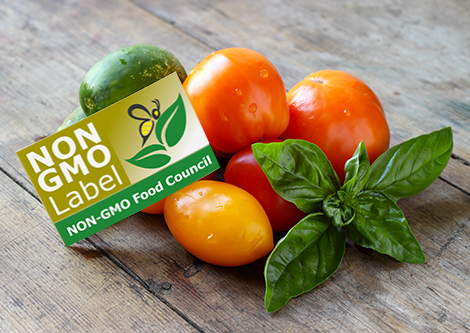GMO stands for "Genetically Modified Organism". But it would be a more precise definition if it was genetically modified. Both evolution and historical farming practices, such as selective breeding and crossbreeding, have been genetically modifying food for thousands of years.

What we commonly refer to as "GMOs" are plants (or less commonly animals) that have been molecularly modified through bioengineering.
Genetic engineering differs in methods and potentially from conventional plant breeding, but the general idea is roughly the same. Because proteins control what traits are expressed in living organisms, all plant breeding attempts to replace the proteins a plant produces.
Plants are made up of cells. Chromosomes are found in the nucleus of every cell. A gene is a piece of chromosome made up of what we call DNA. DNA creates what is known as RNA, which is part of a gene that carries a "prescription" for how a particular protein is built outside the cell to the rest of the plant.
In traditional plant breeding, large amounts of DNA are transferred to a highly similar plant in the hope that a desired trait will be transferred. Traits such as drought tolerance, pest resistance, or better taste may be desirable traits.
With conventional breeding it normally takes multiple plant generations to make a profit out of old-fashioned trial and error. Because the source and target plants must be so closely related to this transfer of DNA, there is an extremely limited number of features that can be accessed.
Genetic engineering is much more predictable. Researchers isolate a particular portion of a particular DNA sequence determined to contain the desired trait. Because DNA is universal, researchers can use DNA from completely unrelated plants or even animals to isolate a trait.
To make this possible, scientists use a string of genetic material known as the "Plant Expression Cassette" - it has a promoter (opening the process), a gene (carrying the instructions to make the target protein), and a terminator (stopping the process). It is a genetic material package with an on/off switch.
Many GMO studies are done using Aggrobaterium, a plant disease that multiplies easily. While the thought of intentionally infecting a plant may sound counterintuitive, geneticists completely eliminate the disease and replace it with the desired genetic load, making the bacteria a robust distribution system.
Or, researchers could use a "gene gun" that fires gold particles coated with genetic material directly into plant cells using a helium blast. There are other techniques, but the result is the same: scientists can do much more with genetic engineering.
Do not hesitate to contact our expert team to get detailed information about the GMO Free and NON GMO label and certification, or to apply for certification.
